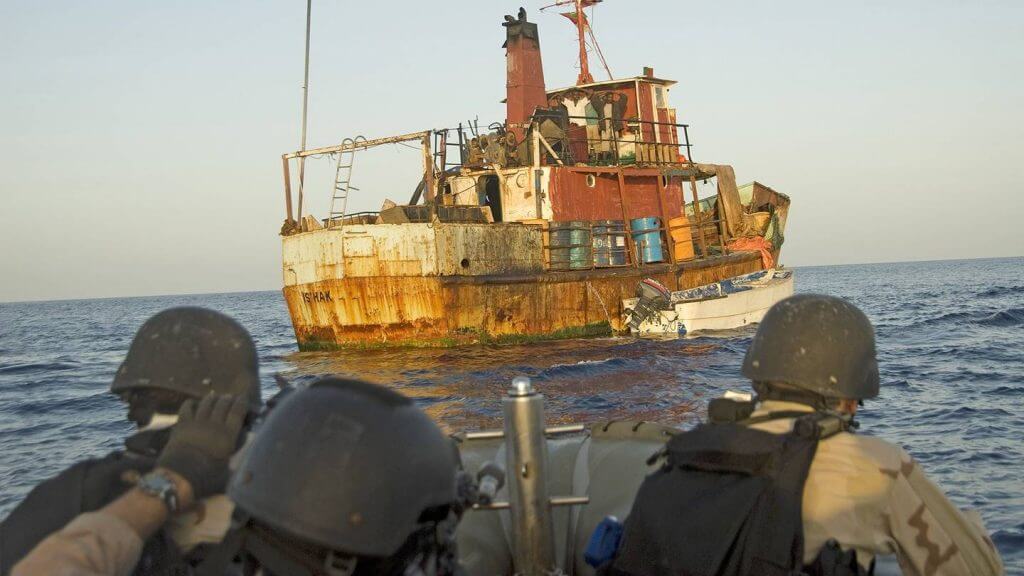Any military kid will tell you that deployment is the most difficult aspect of military life. Lasca Lawniczak, the daughter of an Air Force Field Engineer, knows the struggles of deployment all too well. Ever since she was four, her dad, Sean Stafford, has worked on military drones in war zones. He monitors the communication between the pilot and the grounds.In addition to monitoring communication, he also conducts general maintenance on the drones. Because of this, he is on a challenging deployment schedule. Lasca says, “He’s gone for at least 50% of the year.”
Living in Dangerous Places
“The only difference between him and a soldier is that he’s not armed. He’s not shooting at anyone, but they’re shooting at him. There are air strikes in these war zones,” she explains. Over the years, Stafford has lived in many dangerous countries. “Sometimes he couldn’t even tell us where he was getting deployed to,” Lasca says. However, she does know that he’s lived in Afghanistan, United Arab Emirates, and Cyprus, to name a few. Right now, Stafford is in Turkey, where he lives in a tent on a twin-size cot (he’s 6’4″). Lasca explains that sometimes he only gets two weeks notice before he has to pick up and move somewhere else.
Moving Around
Just like most military kids, Lasca has lived all over the place. While her dad may technically be a civilian, she’s spent her fair share living overseas. She says that she lived in the United Arab Emirates and Cyprus for a little while, and moved constantly growing up. It didn’t bother her too much though because she loved seeing the world. She says that she appreciates her childhood now and realizes how lucky she was to experience other cultures. Additionally, as a college student today, she is incredibly thankful to have a worldly perspective. She admits that the actual moving process isn’t fun, the experience is definitely worth it.
Staying in Touch
While Lasca did travel with her dad a lot as a child, he’s also spent a lot of time away from her and her family. Growing up, she said her dad was typically overseas 4-10 months of every year. However, she wants other military kids to know that just because a parent isn’t physically there, it doesn’t mean you have to have a distant relationship with them. “There’s so much technology that makes it easy to stay in touch with him,” she says. She wants kids to know that even though it can be a challenge, they should never give up on their relationship with their deployed parent. “We talk on Google Hangouts every night! I’m incredibly close with my dad,” she admits.
Most importantly, Lasca says that she has learned to cherish the time she has with her dad when he’s home.

